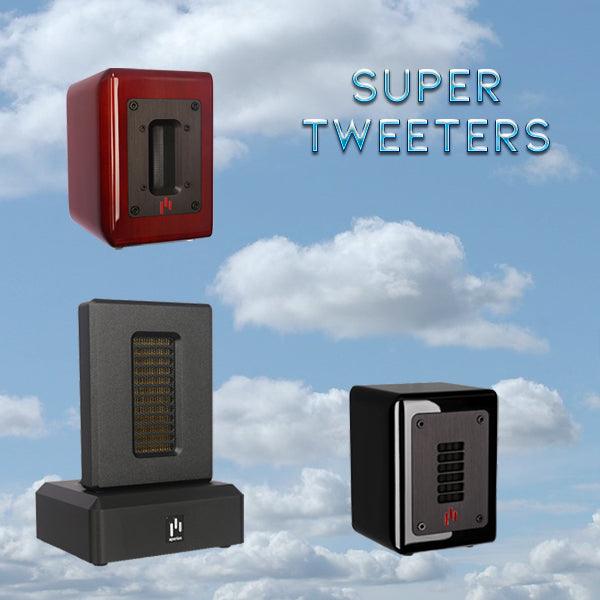Aperion Audio is here to give you some insight on Blu-ray technology. Blu-ray is the video standard in home theater systems and the best format for high-definition movies. Blu-ray players are an important part of your home theater system and we’re here to give you some history and knowledge on the subject. Knowledge is power, and Blu-ray is awesome.
The beginnings of Blu-ray
The Blu-ray optical disc format specification was officially launched in February of 2002. The “Blu” in Blu-ray refers to the blue laser used to read and burn Blu-ray discs. Audio CDs and DVDs use a red laser to write and read, but the blue laser has a higher density and can achieve a higher storage capacity. The letter “e” was deliberately removed so the name Blu-ray could be trademarked. As a high definition media format, an HDMI cable is required to connect a Blu-ray player to a high definition TV.
Formats and Storage
Blu-ray discs come in three variant formats, just as CDs and DVDs do.
- BD ROM is a pre-written disc containing high definition movies or TV shows.
- BD-R is a writable disk which can be used to store large amounts of data or video
- BD-RE is a re-writable disc, giving the user the ability to write over existing data with new data.
Within these formats are single, and double layer versions. Single layer formats hold up to 25 gigabytes of data on a single side of the disc. Double layer formats hold up to 50 gigabytes of data on both sides of the disc. That is the equivalent to five double layer writable DVDs or 70 writable CDs, making Blu-ray discs the most desirable and economical storage media for large amounts of video. There are many different types of files that can be stored on Blu-ray discs including text files, images, video and audio files. The amount of video a Blu-ray disc can store depends on several factors including the video bandwidth used, the number of soundtracks and other standards developed by the producer of the disc. A Single sided Blu-ray disc can record the additional content of a 135-minute MPEG-2 HD video plus two hours of standard definition video. A two-sided Blu-ray disc can record a three-hour high-definition video plus an additional nine hours of standard definition video. Using advanced codecs gives the user the ability to store more content however, video quality loss is a risk.
Playable content
A Blu-ray player is built to play high definition Blu-ray discs but also has the capability to play DVD and audio CD formats. On the other hand, DVD players cannot read Blu-ray discs because the red laser is not able to read the content of Blu-ray discs. Also, if you’ve ever tried to watch a Blu-ray disc on an older computer, you probably found that the computer would give you an error. This again is due to the laser reading capacity. Gaming consoles, like Xbox and PlayStation, are also able to read Blu-ray discs. You’ll also need to make sure your TV can process the high definition formats that the Blu-ray disc provides.
Area Coding
Area coding refers to pieces of data that are embedded into Blu-ray and DVD discs. These codes are read by the disc player and act as a restriction, depending on how the producer of the disc has enabled it. The purpose of these restrictions is to prevent discs containing media from being distributed into areas of the world before they are intended to. For example, if a movie is released in the United States and then released in other parts of the world at later dates with area coded discs, the producers can protect their product from being released prematurely.
The world is divided into three regions for coding:
Region A: North America, Central America, South America, Japan, South Korea and Southeast Asia
Region B: Europe, Middle East, Africa, Australia and New Zealand
Region C: Russia, China, and all of Asia not covered in Region A.




 https://www.aperionaudio.com
https://www.aperionaudio.com